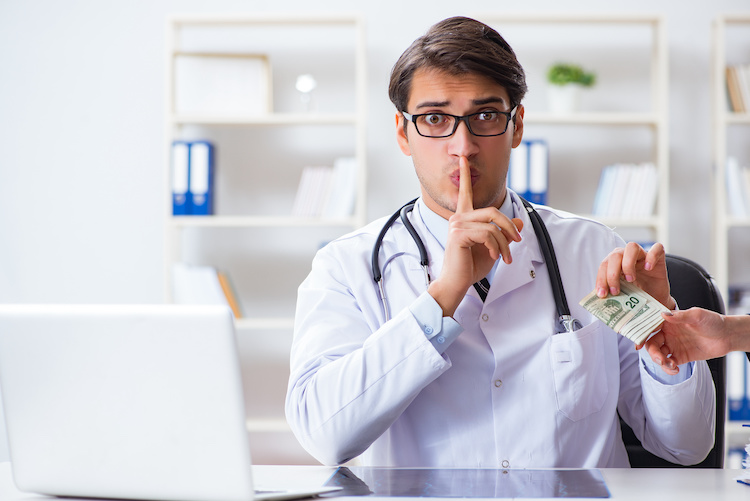In June 2017, Alec Raeshawn Smith died alone in his Minnesota apartment.
According to his obituary, the cause of death was diabetic ketoacidosis (DKA)—an event that occurs as a result of a shortage of insulin in the body. The 26-year-old Smith was a Type 1 (T1) diabetic who had been rationing his insulin because he couldn’t afford to pay for his own after aging out of his parents’ insurance plan.
Smith’s story is all-too-familiar for many Americans who have made the grueling decision to either ration or go without essential medications due to a meteoric rise in prescription drug costs. And now one study from the University of Pittsburgh has concluded the costs of lifesaving drugs—like the insulin Smith required—are rising faster than U.S. inflation rates.

While you might expect the influx of newer, safer products into the market to be the primary driver of a cost increase for prescription meds, that isn’t the sole source of the surge. In fact, the University of Pittsburgh study found that drug companies are inflating the cost of their existing products as well.
As an example, brand name injectables soared by 15 percent each year during the study, which looked at every legally manufactured medication in the U.S. from 2008 to 2016.
That study is particularly troubling for diabetics, which rely on insulin for life in the same way they rely on oxygen. Without an injection of insulin, DKA can ensue within mere hours for some T1 diabetics. And without insulin—the only known available treatment—T1 diabetics like Alec Raeshawn Smith will die from the condition.
In December, we published a Kaiser Health News Story on Angela Lautner, the airline pilot-in-training turned T1 diabetic and consumer activist fighting against sky-high insulin prices. While there has been some recent progress among lawmakers who have sued insulin manufacturers for price gouging, prices continue to climb. That’s why Lautner, and others like the nonprofit group, T1International, continue to advocate for progress on insulin prices.
In the midst of that fight, Lautner received a letter from her own insurance company requesting she switch insulin brands to maintain coverage. Fortunately for Lautner, she was able to take part in a drug discount program and had the funds to pay for the insulin she needed—but she knows others in desperate need of lifesaving medications of all types aren’t so lucky.
Over the course of the University of Pittsburgh’s nine-year analysis, the cost of oral brand name drugs nearly doubled. To put that growth in context, the annual increase of these drugs was the equivalent of five times the rate of U.S. inflation.
Even the areas recorded as having only a modest increase still outpaced the country’s inflation rate, with generic oral drugs increasing by 4.4 percent each year, a figure that still doubled that of inflation. Specialty drugs, like those used to treat hepatitis C, rose a staggering 13 times faster.
Americans seeking answers for what is contributing to these rising costs may have found one in in the role patents play among drug companies. The protections afforded by a patent reduce competition and heavily influence rising costs and market exclusivity.
A Reuters story from earlier this month reported Johnson & Johnson announced the average list price increase on its drugs will exceed 4 percent this year, raising prices on top-selling products like its popular prostate cancer drug.
Drug makers argue that rebates and discount plans make the medications more affordable for many Americans. But as the University of Pittsburgh study points out, that may not be good enough.
Have the sky-high costs of healthcare in our state impacted you and/or your family’s lives? Do you want to do something about it? Join the Coalition now to receive updates about new legislation and policies that will affect YOUR healthcare. Sign up now!






.jpeg)

